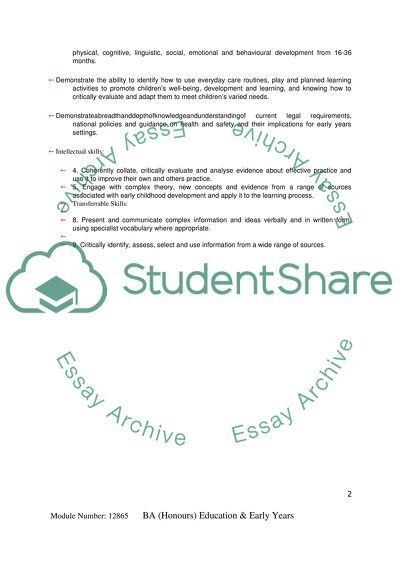Cite this document
(“Working with young children from 16 to 36 months Essay”, n.d.)
Retrieved from https://studentshare.org/education/1396336-working-with-young-children-from
Retrieved from https://studentshare.org/education/1396336-working-with-young-children-from
(Working With Young Children from 16 to 36 Months Essay)
https://studentshare.org/education/1396336-working-with-young-children-from.
https://studentshare.org/education/1396336-working-with-young-children-from.
“Working With Young Children from 16 to 36 Months Essay”, n.d. https://studentshare.org/education/1396336-working-with-young-children-from.


